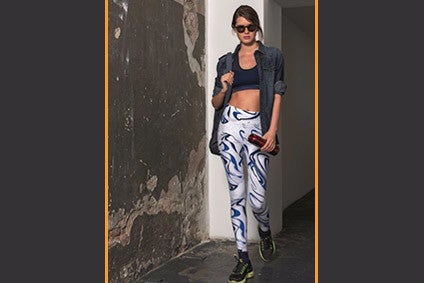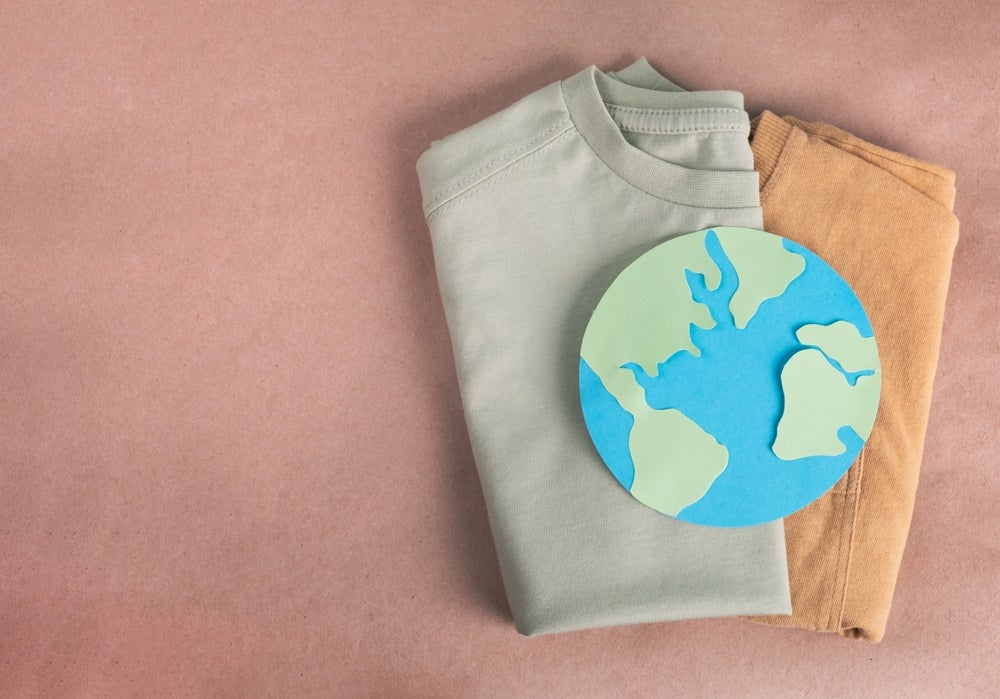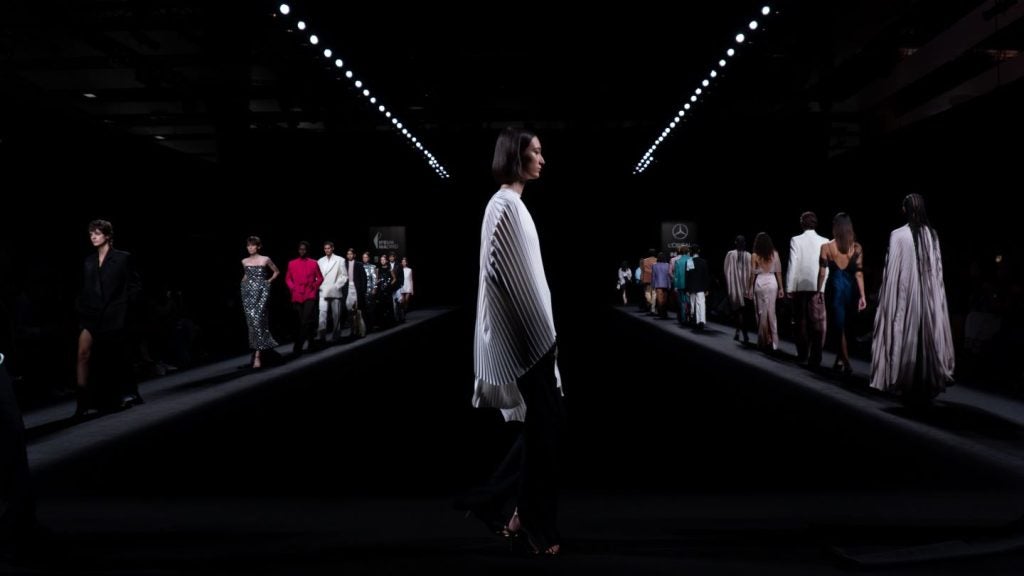
The athleisure segment has several attributes that position it well to tackle the issue of ‘fast fashion’, an audience at last week’s Association of Suppliers to the British Clothing Industry (ASBCI) conference was told.
The garment industry is coming under increasing fire for producing cheap, disposable clothing before quickly moving on to the next trend, contributing to huge environmental problems from unwanted and outdated clothing ending up in landfill, being incinerated or dumped on overseas markets.
The apparel industry is one of the most polluting industries in the world, with the production process including pesticides used in cotton farming, toxic dyes in manufacturing, and a heavy burden on natural resources such as water – taking as much as 15000 litres of water to grow the cotton to make a pair of jeans.
In the UK, the government has launched a probe into the issue, questioning experts in fashion and sustainability to ascertain how best to resolve the issue.
Speaking at the ASBCI event on ‘Athleisure – the new smart casual?’, Angela Cody, Marks & Spencer designer for the T51 Active range, commented on the importance of producing clothing of “lasting quality.”
See Also:
“Fast fashion is not the answer to a sustainable future. Clothing needs to be built to last,” she said.
How well do you really know your competitors?
Access the most comprehensive Company Profiles on the market, powered by GlobalData. Save hours of research. Gain competitive edge.

Thank you!
Your download email will arrive shortly
Not ready to buy yet? Download a free sample
We are confident about the unique quality of our Company Profiles. However, we want you to make the most beneficial decision for your business, so we offer a free sample that you can download by submitting the below form
By GlobalDataMany in the industry also believe that the athleisure segment, which is growing in popularity, could be one solution to the sustainability issue in apparel.
For example, consumers are looking to athleisure to address the issue of comfort and versatility, while still being high-fashion. And, with many shoppers also concerned with health and fitness, there has been a surge in the production of garments that address this concern. For example, clothing might now mirror a FitBit, measuring heart rate or the number of steps taken. It might have inbuilt thermal properties, or the potential to charge a smartphone.
Inevitably, the cost of production of such items goes up. But as a result, the end-consumer is also paying a higher price and is less likely to dispose of the item so quickly.
Another category plus is that athleisure-wear isn’t reflective of any particular season. Rather than being a “trend” it is more a “lifestyle,” which consumers are going to want year-round, the audience was told.
“The trend towards comfort is rising. Customers are not willing to sacrifice comfort in this new-found sportswear trend and are willing to pay more for it,” says Jutta Vo Quang of nonwovens supplier Freudenberg.
Claire O’ Neill, marketing manager for Lycra added: “Because athleisure doesn’t fit so neatly within the seasonal divides that you would have in a normal buying season in retail, maybe there is less of a reason to have the churn.
“A black legging: you don’t need to dispose of it because it will see you through many seasons. So maybe it will encourage some slowdown,” she added.
Speakers at the event also shared how consumer demand for “comfort” is driving the growth of the GBP$2.5bn athleisure industry: Athleisure comfort drives apparel purchasing decisions






